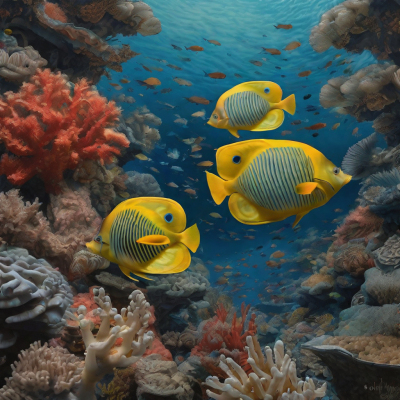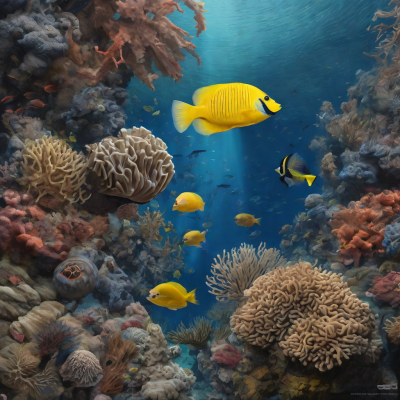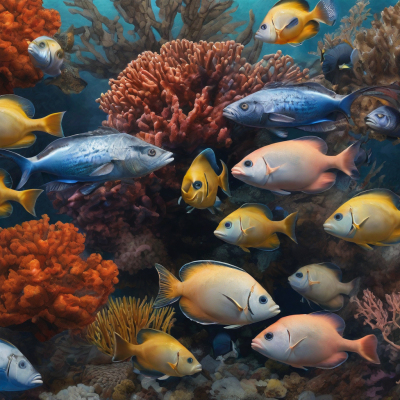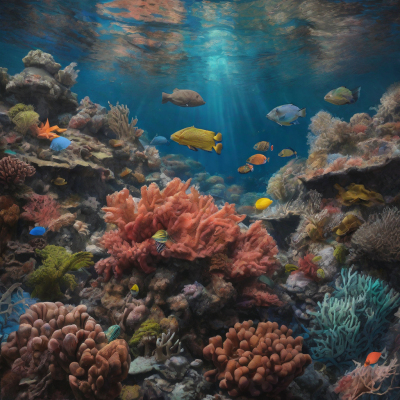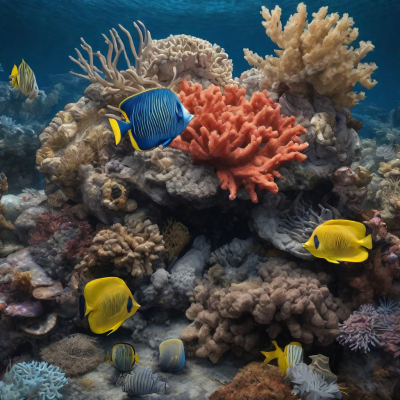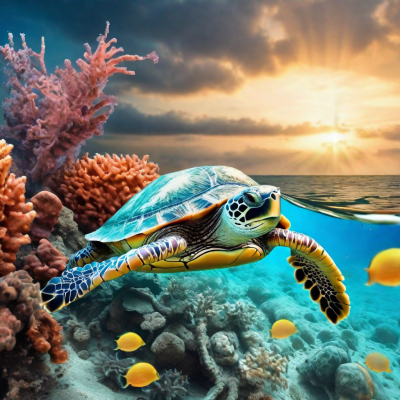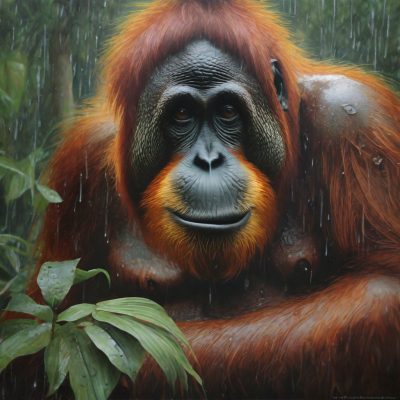Chapter 4 - Mangroves
Guardians of the Tides: Nurturing Mangroves for a Sustainable Future
In this chapter, we find ourselves in a bustling classroom off the shores of Pelabuhan Klang, where a group of vibrant individuals, including Lim, Lisa, Farah, Ros, and Nathan, are embarking on an extraordinary mission - the replanting of mangrove saplings. United by their shared passion for the environment, they gather together to restore and protect the invaluable mangrove ecosystems that grace their coastal community.
As their hands dig into the rich, muddy soil, Lim shares his knowledge about the common mangrove species found in the area. He points out the majestic Rhizophora apiculata, commonly known as the Bakau Minyak or Mangrove Apple tree, with its distinctive stilt roots that anchor it firmly in the tidal zone. Lisa chimes in, mentioning the Avicennia alba, also known as the Api-Api Putih or White Mangrove, recognized by its greyish-white bark and the pneumatophores that protrude from the soil, aiding in oxygen intake.
Farah, with a twinkle in her eye, points out the Sonneratia caseolaris, locally called the Pedada or Apple Mangrove, with its beautiful yellow flowers and fruit resembling small apples. Ros adds to the conversation, sharing her fascination with the Bruguiera cylindrica, known as the Bakau Kurap or Long-fruit Mangrove, recognized by its long, cylindrical fruit pods that hang from its branches.
Nathan, full of enthusiasm, highlights the importance of these mangrove ecosystems beyond their rich biodiversity. He explains how the intertwining roots of the mangroves act as a natural barrier, protecting the coastal community from the destructive forces of storms and rising sea levels. The group nods in agreement, recognizing the crucial role these coastal havens play in safeguarding their homes and preserving their way of life.
As the replanting efforts continue, Lim, Lisa, Farah, Ros, and Nathan are not alone in their mission. Collaborative projects, involving both youth and traditional knowledge, have taken root in the community. The young minds in the classroom find inspiration in the wisdom of their elders, who have long understood the intricate relationship between the mangroves and the coastal ecosystem.
Together, they learn from the traditional knowledge passed down through the generations, gaining insights into the cycles of the tides, the interdependencies of species, and the delicate balance that sustains these fragile ecosystems. Their collaboration bridges the gap between the wisdom of the past and the enthusiasm of the present, creating a powerful force for mangrove restoration and conservation.
As the saplings take root, the classroom transforms into a living testament to the resilience and potential for rejuvenation found within mangrove ecosystems. Lim, Lisa, Farah, Ros, and Nathan become ambassadors for their cause, spreading awareness and inspiring others to join their efforts in protecting these precious coastal treasures.
In the next chapter, we will venture deeper into the innovative techniques and collaborative approaches employed to restore and protect mangroves, unveiling the remarkable potential for these vibrant ecosystems to thrive once again. Let us now embrace the journey ahead, guided by the knowledge of the mangroves and the passion of our young guardians who champion their cause.
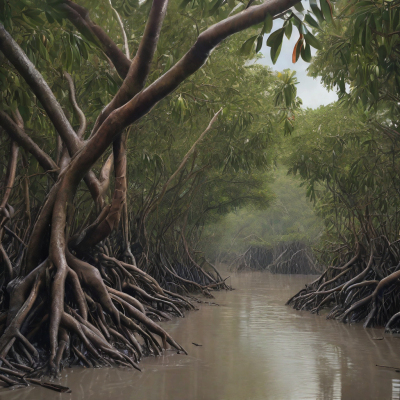

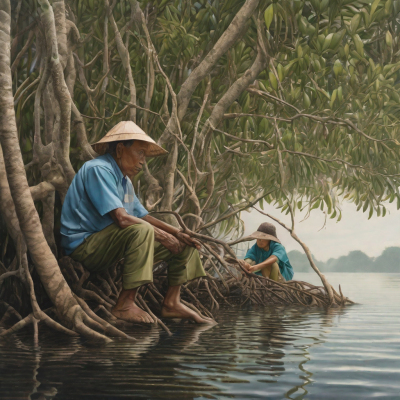
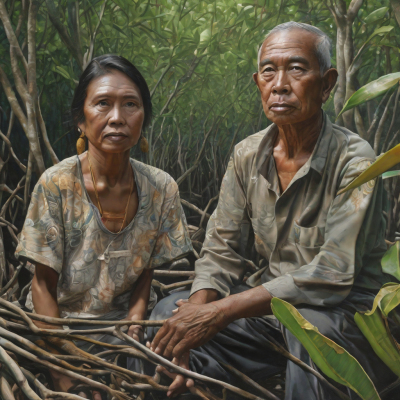
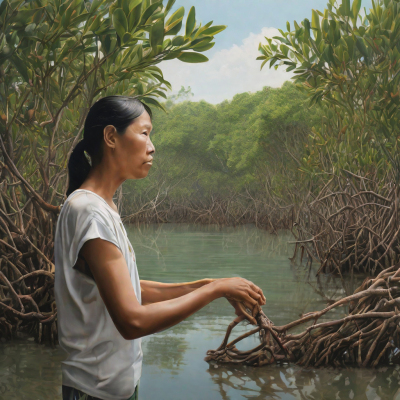 +3
+3





